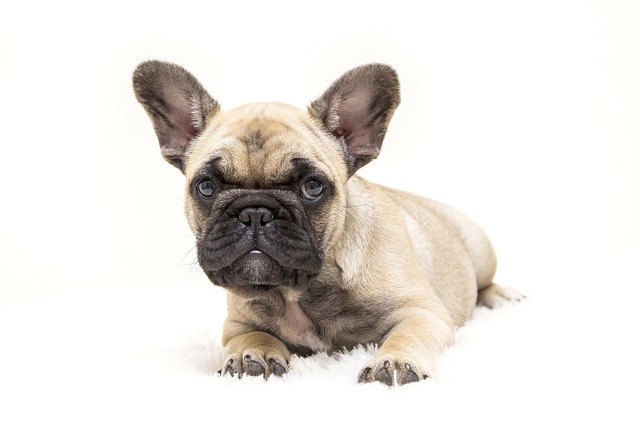
How do i train my dog to be obedient?
Watching your dog dart across the park ignoring your calls isn’t just frustrating—it can put them at risk near busy streets or public spaces.
House training your dog doesn't have to be a daunting task. With consistency, patience, and the right approach, you can guide your furry friend to do their business in the right place within just seven days. But remember, every dog is unique, so be prepared to adjust the process according to your dog’s personality and needs.
The first step is establishing a routine. Dogs thrive on predictability, and setting a regular schedule for meals, playtime, and bathroom breaks is key. Start by waking up your dog and taking them straight outside to the designated potty area. This could be your backyard, a nearby park, or a patch of grass down the street. Wait patiently for them to relieve themselves, and when they do, shower them with praise and a small treat. This positive reinforcement helps your dog associate going potty outside with good things.
Throughout the day, take your dog out every 2 - 3 hours, especially after eating, drinking, napping, or playing. Puppies have smaller bladders and may need to go out even more frequently. Watch for signs that your dog needs to go, like sniffing the ground, circling, or whining. When you notice these cues, act quickly and lead them outside.
 During the initial days, keep a close eye on your dog when they're indoors. Use a leash or a playpen to limit their roaming space if you can't supervise them directly. Accidents are bound to happen, but when they do, don't scold your dog. Instead, clean up the mess thoroughly using an enzymatic cleaner to eliminate the smell, which can attract your dog to the same spot again. Scolding can make your dog fearful and anxious, which may actually worsen the house training process.
During the initial days, keep a close eye on your dog when they're indoors. Use a leash or a playpen to limit their roaming space if you can't supervise them directly. Accidents are bound to happen, but when they do, don't scold your dog. Instead, clean up the mess thoroughly using an enzymatic cleaner to eliminate the smell, which can attract your dog to the same spot again. Scolding can make your dog fearful and anxious, which may actually worsen the house training process.
As the days progress, start giving your dog more freedom indoors, but still monitor them closely. Gradually increase the time between bathroom breaks as you notice your dog gaining better control over their bladder and bowels. By the end of the first week, your dog should be showing significant progress in understanding where they're supposed to go potty.
It's important to be aware of local regulations regarding dog waste disposal. Many places have laws requiring pet owners to clean up after their dogs in public areas. Always carry poop bags with you and dispose of waste properly in designated bins. Not only does this keep the environment clean, but it also helps you avoid potential fines and maintain good relationships with your neighbors.
Remember, house training is a journey, not a race. Some dogs may catch on quickly, while others might take a bit longer. Don't get discouraged if you don't see perfect results within seven days. Keep up the routine, stay positive, and celebrate every small victory along the way. With time and effort, your dog will become a well - trained member of the household, making life easier and more enjoyable for both of you.

Watching your dog dart across the park ignoring your calls isn’t just frustrating—it can put them at risk near busy streets or public spaces.

New puppy owners often find themselves rushing to clean up accidents before they set in, and that’s where puppy pad training becomes a game-changer.

If you've noticed your dog's waistline disappearing and your veterinarian has mentioned those few extra pounds, your first instinct might be to simply reduce the amount of food in their bowl.

Training a dog to use a designated spot indoors isn’t as daunting as many new owners fear, but it does take consistency and an understanding of your pet’s needs.

That moment of dread on a walk is all too familiar for many new dog owners. You see another dog approaching down the sidewalk of your neighborhood

If the sight of another dog on your neighborhood walk makes your heart sink as your own dog erupts into a frenzy of barking and lunging, you're not alone.